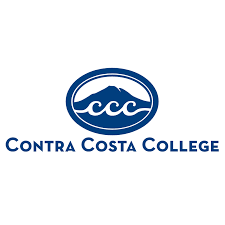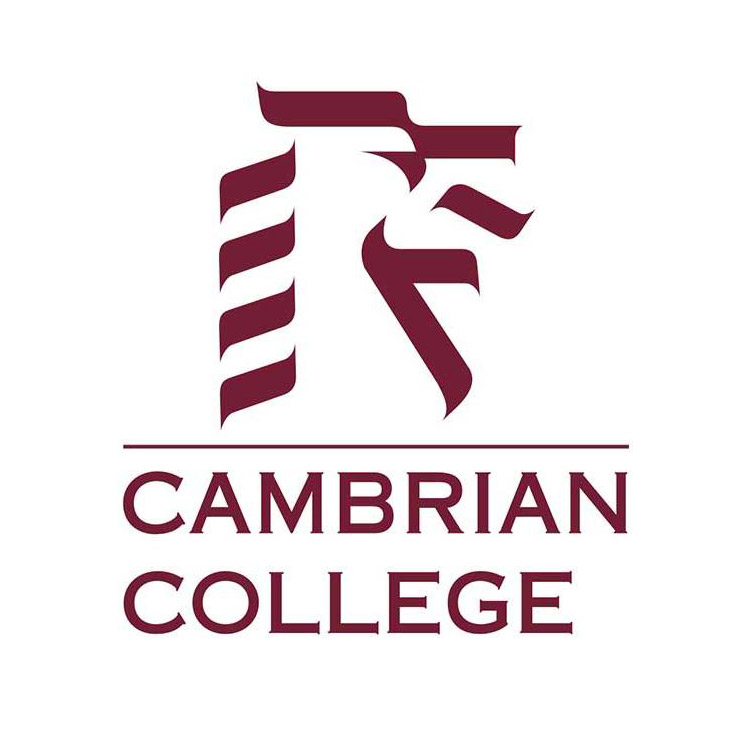Going West: What is it like to Study in North America?
Are you an Asian student thinking of going to US or Canada to study? Know what to expect by reading the top 5 differences between studying in Asia and North America.
Being an international student myself, I have my fair share of culture shock when I moved out of my home country, the Philippines, to pursue further study abroad. I find it helpful to understand that it may take time to adapt, and that these changes are actually the exciting part of the journey.
The majority of international students in Canada and the US come from Asian countries, led by China, India, South Korea, and Vietnam. If you are one of the aspiring students who have North America as a priority study destination, you may find some wisdom in learning about the differences in academic culture and student life between Asia and North America.
Here is my take on the Top 5 differences between studying in North America and Asia.
Doctor Smith? No, call me Robert.
Asian culture, especially in academics, is quite formal and hierarchical. It is common to call your instructors by their last name and/or their honorific titles like Doctor or Professor. However, in North American academic institutions, it is common to call your instructors by their first name!

Student-Teacher Relationship
Diving further than just addressing your teacher with their first name, challenging their ideas or openly expressing your opinion on certain subjects is highly encouraged in North American schools! Critical thinking and freedom of expression are two things that are highly valued in western education. And no — it is not seen as disrespectful to disagree with your teacher.
Critical Thinking over Memorization
Traditional Asian learning relies mostly on memorization and a set of logical approaches to finding answers. North American learning focuses more on exploring different possibilities to get from A to B. Both have their own merits, however, once you land at your target North American school, you will notice that writing the seemingly absolute best answer can receive the same grades as the one that highlights creative and critically-thought-out answers. Merit is given to analyzing information, rather than merely absorbing it.

Balance is Key
Student burnout is real and very common in Asian countries. A 2019 article highlights how anxiety and stress are seen on students as early as primary school. This is not to say that studying in North America will be academically easier and less stressful. However, North American institutions acknowledge academic stress seriously and provide students with all the support they need to cope including free or low-cost therapy and counselling, social activities, and wellness programs. Telling your teacher that you missed the class because you need a break for your mental health is generally acceptable.
Scene Inside and Outside the Classroom
It is the first day of class and you look around the classroom to get familiar with the faces of your peers. Next week, you see the class gets a little smaller … and even smaller in the following week! That is because attending classes is typically not compulsory, and attendance is not always part of grading – unlike in some more formal Asian schools.
You then take a step outside after your first class and walk around the campus. If you are in a large college or university in a populous state, you will bear witness to the diverse student population – and the diverse student fashion. Most western colleges and universities have no uniforms. Just another way you can maximize your self-expression, and comfort (yes, you can wear PJs in class!).

There are of course more differences between attending school in North America and Asia. We barely scratched the surface here, but these five things can mentally prepare you for what to expect and how to adapt to make the most out of your international student experience.
If you need a trusted partner to help make your application to your dream North American school as smooth as possible, create a free account with Global Study Guide.




















Comments (0)